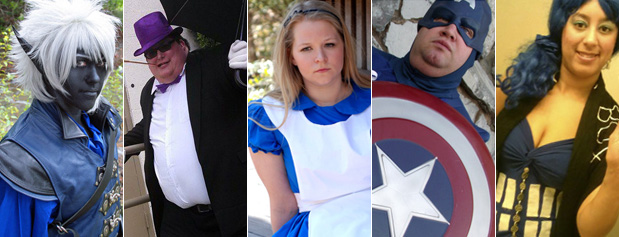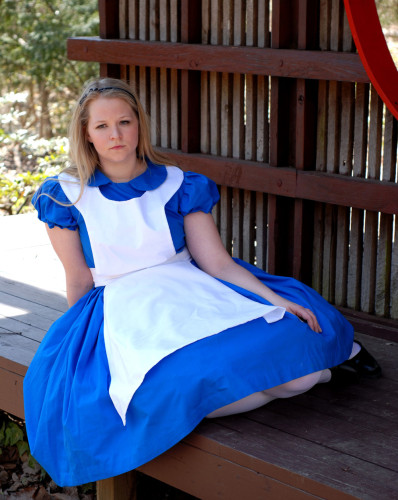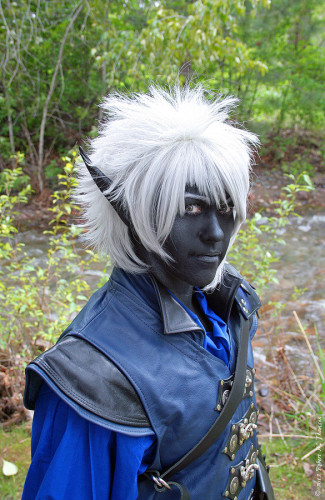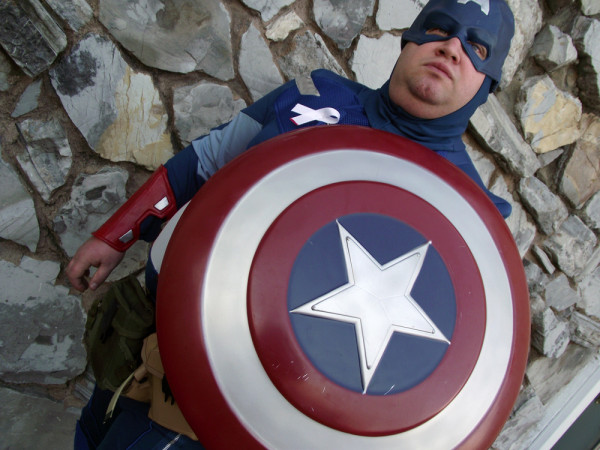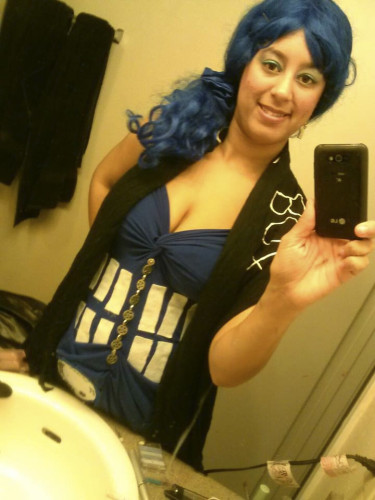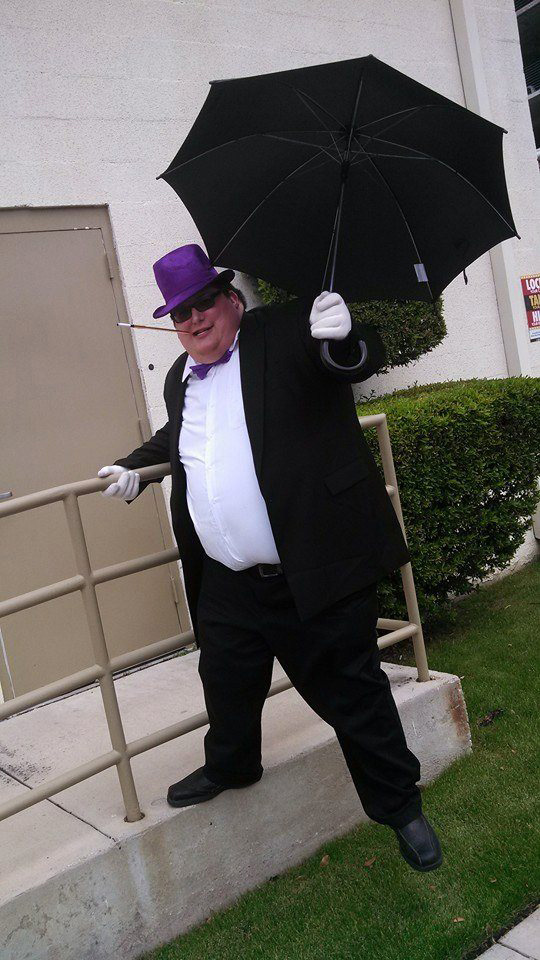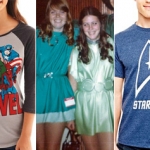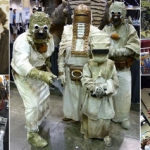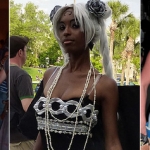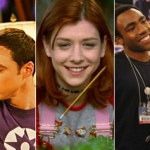Spandex-clad superheroes, armored Stormtroopers, uniformed Star Fleet officers, sonic screwdriver-armed Doctors, mail bikini-sporting Leias, blaster-toting Captain Mals and hat-wearing Jaynes, shield-bearing Links and Zeldas, plus a host of other characters from comic books, anime, science fiction/fantasy and video games. They populate the floors of the convention world in a spectacle of color and gusto.
They are the “cosplayers” — the geeks/nerds who express their fandom by dressing as favorite and inspiring characters. Some fans say they only do it for the attention. Some fans attend armed with cameras to track and shoot as many cosplayers as possible — like a safari. Some fans scoff and criticize. Some fans gawk and leer. Cosplay has become an integral part of every convention. Almost all conventions have designated cosplay areas. Most include a costume contest that awards prizes for the best cosplay of an event, most often by a panel of expert and guest judges. Dragon Con, a yearly convention in Atlanta, Ga., is famous for its Saturday morning Parade showcasing and celebrating the work of people who participate in the cosplay community.
The public nature of the expression for their fandom has brewed several controversies in the past few years about cosplayers. The most debated seem to fall into a couple of categories. Who should cosplay? Should there be limits on what a particular person cosplays?
Taking on the persona of a character means something to a cosplayer. There’s a reason beyond “you look like that character” that a character is chosen. It’s a personal, heartfelt decision. Long, difficult hours of planning, sewing, and construction go into the recreation of a character. However, donning a well-known character makes a certain percentage of convention attendees view it as a license to comment and criticize on the work or choice, usually in a demeaning and demoralizing manner. These comments break down into the categories of body type, racial or gender discrimination, and sexual harassment. Self-appointed cosplay critics hide their negative comments behind certain excuses to justify the bad behavior:
- Accuracy: Costume, hair, weapons, gender, etc., are not “perfect” replicas of the character represented. Costume is too “revealing” or not the right color shade. The cosplayer doesn’t have the “right” body type for the character.
- Wanting Attention, “Asking for It”: If a person is wearing a skimpy outfit, they want to be noticed. If they don’t want to be touched, they should wear a different costume. If they didn’t want their butt/chest photographed, they should cover it up.
For women, the ridicule goes both ways. Larger, curvy women are often hit with the “put down the cheeseburger” insult. Thinner women are hit with the reverse put-down, “eat a cheeseburger, honey”. Guys aren’t exempt, either. They also get criticized for body size. Often, they are fondled if they have muscles or sneered at for the lack of muscles. Lewd comments, unauthorized pics of body parts, and butt grabs are common hazards for cosplayers of every gender. Because of the tendency to objectify a character, people don’t think twice before behaving in an impolite manner toward a person dressed as that character.
Who are these “cosplayers”? Why are they still interested in playing dress-up if not for attention? How do they decide which character/fandom to portray? What are their feelings and attitudes toward the negative behavior and comments of a larger-than-you-would-think portion of the fandom?
To further explore this topic, I interviewed a “roundtable” of cosplayers from various areas of the United States and one from New Zealand. My panel consisted of Daniel Calhoun (best known for Captain America), Katie Nobles (Disney Princesses and Mockingbird), Jonathan Vela (aka Aquaman San Antonio), Jeff Hackworth (The Thing, Dr. Mario and the Penguin), Yuna Elizabeth (Yuna from Final Fantasy X and X-2), Wolfen M (various, best known for Kid Loki variation called Original Kid Loki), Kristen Collins (Kenshin from the anime Rurouni Kenshin/Samurai X and a Dark Elf original creation), and Jackie Chapman (various, best known for Cookie Monster and Snow White – Disney version).
A few are newer to the cosplay world, with less than three years experience. The majority have more than more than 8 years each in cosplay. What they all share is strong affection and admiration for characters that have had an impact on their lives. Their way of expressing these qualities is to emulate the character as an homage to that character’s influence. This is the motivation that lies at the hearts of the members of the cosplay community.
The roundtable question for this week is:
What inspired you to become a cosplayer?
Daniel: “The ability to be someone/something else for a little while. Captain America inspires me to do my best and be proud of who I am.”
Katie: “I love cosplaying Disney characters because of the reactions they get from kids. They are just so excited to see you and it gives you a warm, fuzzy feeling. Mockingbird has been my favorite [superhero character]. While she’s remarkably tough and smart, she’s been through some stuff that still haunts her and affects her decision making as well as her relationships.”
Jonathan: “I find it very liberating. I like to use my cosplay for the community. I have participated at several charity events, visited children’s hospitals and Make-A-Wish events. I even did a panel at Wizard World Austin Comic Con about feeling comfortable in your own skin as a cosplayer. I am a very large guy but I have fun with it. Always remember to keep the “play” in cosplay.”
Jeff: “Cosplay lets you become someone else and enter their world, see things through their eyes. The Thing takes me 3 hours to get all the orange and black make-up on and to get my head shaved. He has always been one of my favorite characters, and he has taught me a lot about self-confidence and inspires me not to get down on myself.”
Yuna Elizabeth: “When I went to my first con and saw that people cosplay for all these cons and the detail they put into the costumes, I was hooked. My favorite character is Yuna from Final Fantasy X and X-2. I’m not going to lie, at first I fell in love with her outfits, and then I fell in love with the storyline. Yuna inspires me because she doesn’t give up on what she wants.”
Wolfen M: “The interesting thing about playing Kid is I can play him as the good Kid or his “evil” replacement. But really, what I love is the idea of Loki being redeemed, which is a strong theme with both Kid who died and his replacement. Redemption stories are pretty much my favorite kind of story.”
Kristen: “It was really a combination of my love for art and creating as well as my love for the characters themselves. Growing up, my Mother and Father always made a big deal out of Halloween, and they would help me “go all out” for the costumes I wanted to do. When I discovered there were other times than just Halloween that I could become someone or something other than myself, I jumped at the chance to attend conventions that focused on characters and genres I loved. Kenshin was the first serious cosplay I attempted [and] is probably still my favorite costume and character. He was a character that I really felt a strong love for, as he was someone who was able to be redeemed from a dark past. Through perseverance and an open heart, he was able to bring himself and those around him back from similar fates.”
Jackie: “The costumes in The Lord of the Rings. They led me into costume research, which in turn led me to making replicas of the costumes to wear to show my love for a show or movie and the characters. The cosplay I am best known for is Cookie Monster. He inspires me because I grew up with him and I love cookies. My first time wearing him was great! Even the guests [at that convention] commented on and loved him!”
All of the above are representative of the greater cosplay community. All cosplayers have a story and reasons for the characters they choose beyond “I look good in this outfit”. It’s a display of their art form and of its meaning in their lives. It takes a lot of courage to step out of one’s comfort zone, feelings, and boundaries on purpose. It’s a challenge to one’s self to be more. For the cosplayer, it’s a living tribute to characters that help empower and inspire them as a person every day.
Next article, we ask our Cosplayer Roundtable about forms of discrimination against cosplayers.
Author Note: Participants are a random volunteer selection from contacts through friends with connections to the cosplay community. I only knew two participants personally before conducting the interviews. About half the number originally contacted agreed to participate.


